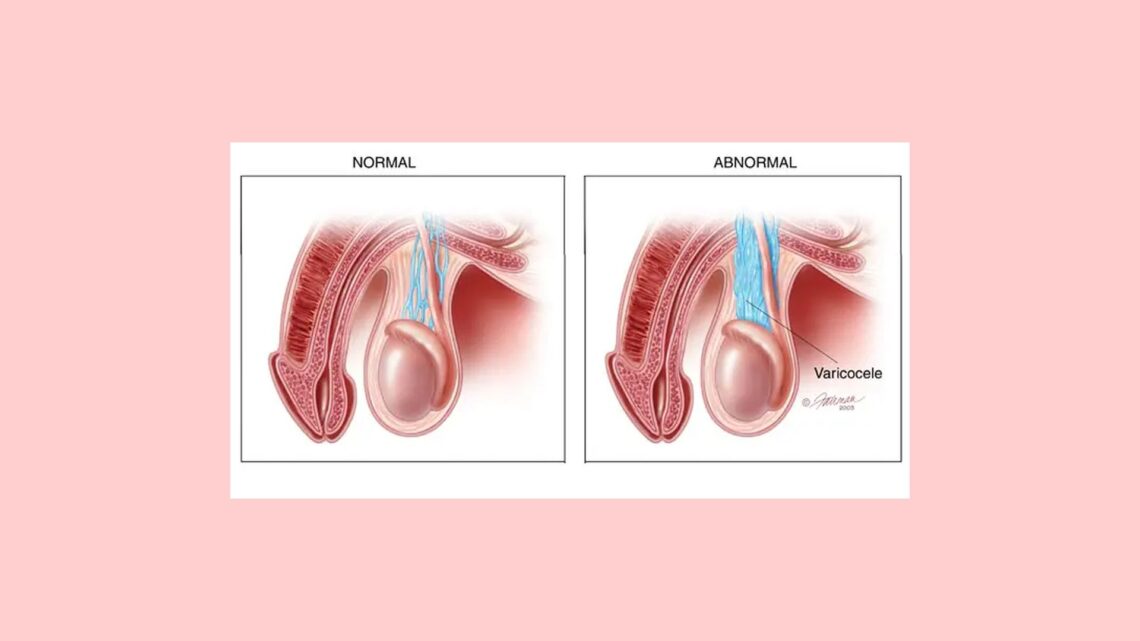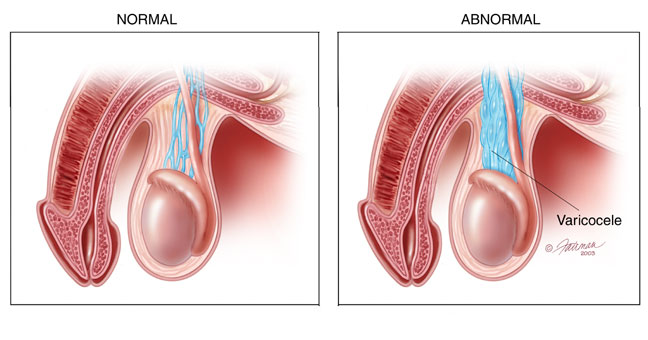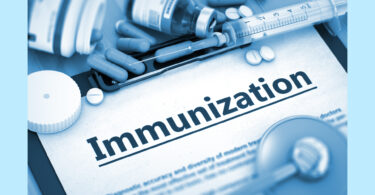The other day I witnessed an operation for varicocele. It was of the “open” variety and strictly orthodox. None are better acquainted with the dangers and disappointments attending operations upon the veins of the spermatic cord than those who do the work. The open operation, having proved to be the least objectionable of all yet devised, has been generally adopted. It was particularly pleasing to me to observe careful asepsis — cleanliness, for I have steadily advocated it and opposed antisepsis through a long campaign. Surgeons are realizing that bug-killing drugs are absorbed into the human system, if used in an open wound.
So far excellent. Everybody concerned ought to be well pleased. Why not? From the prevailing point of view, the proper and only available plan had been followed. There was nothing more to be done. If discomfort and disappointment follow, as they so commonly do, they must be patiently endured.
That view should be changed. It will be when the professedly homoeopathic colleges do their full duty. Mutilation is not cure. There is a better way. A remedy that is similar to the varicocele and all the rest of the symptoms that a patient has will cure the sick individual. For instance :
A gentleman sought my advice for varicocele. Comparing his symptoms with those recorded in the materia medica, I was led unerringly to phosphoric acid. Observe: “Swelling and tension in the spermatic cords, testes sensitive to touch, gnawing pain or excoriated feeling in testes.”
Very well, but we sought for more indications and learned that patient had greatly overworked, both mentally and physically. He found himself nearly incapacitated for thought in the morning. Confusion and cloudiness of sensorium when awaking. (N. B. Lachesis is not the only remedy that shows aggravation after sleep. Don’t jump too suddenly to a conelusion.) Loss of appetite. The little food eaten, came up with acid eructations.
Phosphoric acid was demanded homceopathically by the whole case. The patient received phosphoric acid, and improved greatly in all respects but halted short of absolute cure. Moreover, by following the right course up to that point, we were then rewarded further with a new picture: “Oily pungent smelling sweat on the genitals.” “Frequent belching and passage of flatus with constriction of the anus.” Of course there was but one remedy in the materia medica presenting that combination, and that was fluoric acid, and fluoric acid completed the cure. Phosphoric acid alone has cured numerous cases at my hands, especially among masturbators.
I have succeeded with Pulsatilla, when all the symptoms of patient and remedy agreed. “Drawing, tensive pains, from abdomen through cords into testes.” “Testicles hang down a long way.” It is good hygiene to wear a supporter while dragging lasts. “Right test-icle drawn up and swollen, spermatic cord swollen, with tensive pain, while left test-icle hangs down low.” “Sarcocele, not syphilitic; varicocele, hydrocele, swelling of a bluish color.” These, or some of these symp- toms being found, I always question the patient for additional, characteristic indications for Pulsatilla. The search will be rewarded, if properly conducted, according to Hahnemann, provided it is a case demanding this remedy.
The physician who likes to have his prescription well anchored in morbid anatomy, and considers Hamamelis a great remedy for diseased veins, will be pleased to know that it has cured cases of varicocele but only when the concomitant symptoms demand the same remedy. Has the patient a tendency to varicose veins? to varicose ulcers ? to venous congestions? to phlebitis? These symptoms suggest Hamamelis. True, but Pulsatilla has them also. Close discrimination of other symptoms is necessary before reaching a decision. The Hamamelis patient is irritable, while the Pulsatilla patient is tearful. The latter is worse in the close room, and especially from letting the affected part hang, and is better when in the open air. The former is chilly in the open air, and has no especial dread of a dependent posture.
These few remedies, sharply differentiated, are better for the reader than a confused multitude. At best, the exhibits are hints only. It is to be hoped that they will stimulate further comparisons when studying a case in hand. I find it necessary to take the whole case (by far the hardest part of the work), and then consult my repertory and materia medica. The plan works well. The following brief reference to tried remedies may be of service:
Ammnonium mur – Stitches and beating in left cord. Many groups of symptoms are accompanied by cough.
Arnica – Spermatic cord painfully swollen, stitches in abdomen, traumatism.
Belladonna – Tearing upwards, left spermatic cord, evening in bed.
Cantharides – Drawing in spermatic cord while urinating.
Cinchona – Painful swelling of cord and testes, especially epididymis; tearing in left testis and left side of prepuce. Easily hurt. Pains cumulative.
Clematis – Right spermatic cord sensitive; test-icle drawn up. Pain in testes, drawing to spermatic cord.
Kali carb – Swelling of testes and cord; scrotum bruised; dragging in left testis and penis. Cutting pains are characteristic of this remedy.
Staphisagria – Shooting, drawing in cord. This drug has numerous symptoms allied to the foregoing and deserves consideration. The following, from Lippe, has been useful to me: “Aggravation from anger, grief, sorrow, mortification caused by offenses; from loss of fluids, from masturbation, from sexual excesses, from touching the affected parts, from tobacco, from the abuse of mercury. Amelioration after breakfast.”
Sulphur – Pressure and tension in testicles and spermatic cords. Varicocele, continuous relaxation of scrotum.
Of course the proper choice may fall quite aside from any remedy named here.






i am suffur vericocele from ten year,plz advise me
Sr I m suffering from varicocele from the last two years. Pls tell me some solution
What is the cost of complete varicocele medicine? I have grade 3 varicocele.
I have grade 1 vericocele left testis from two years please tell solution